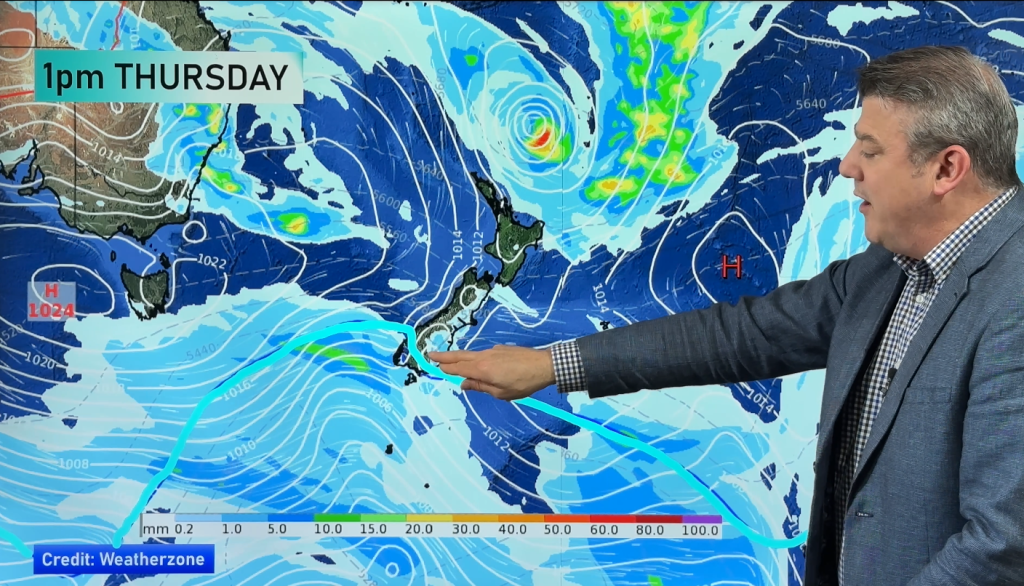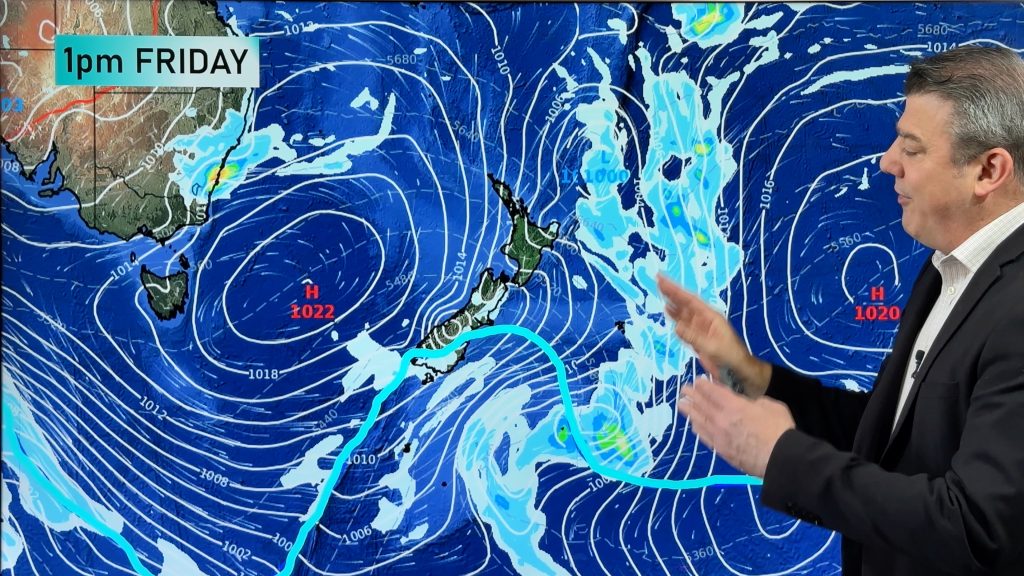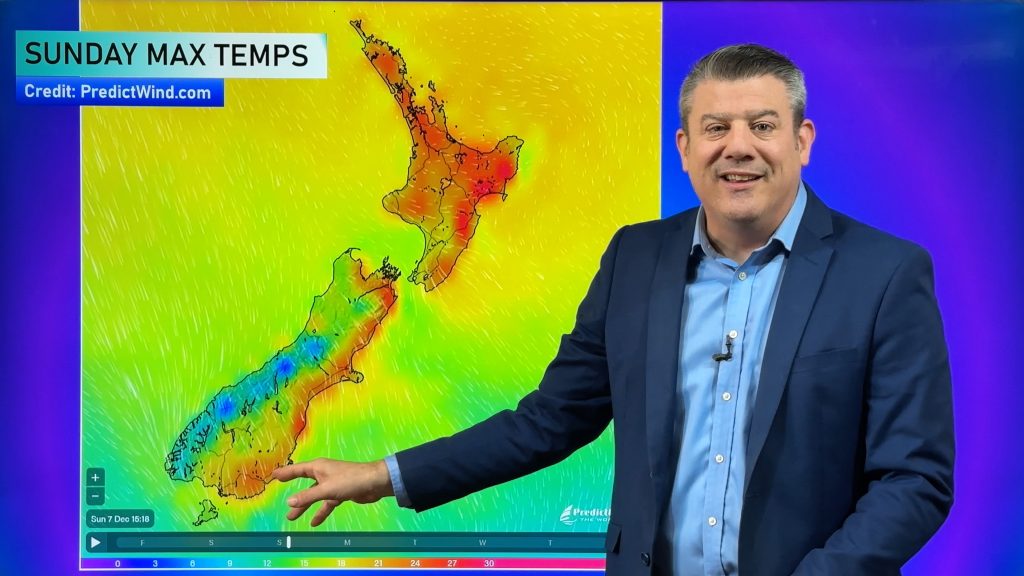
> From the WeatherWatch archives
Yesterday the NZ Herald ran a story about future sea level rises due to climate change. In 2010 we ran a similar story using interactive maps – which you can use to see what your place would look like if the sea rose by 14 metres – this is 8 metres less than what scientists predicted in yesterday’s story.
You can use the map at the bottom of the story to see what the world – or your place in NZ – would look like with a 20 metre rise – or even higher…
Auckland would break off from the rest of the North Island while Napier, Mt Maunganui, Invercargill and much of Christchurch would be lost, meanwhile Miramar, Banks Peninsula, Otago Peninsula and Bluff would all become their own islands – the shocking scenario is based on data from NASA showing what might happen to New Zealand if the ice caps melted and the seas rose 14m.
Flood Maps is an interactive site which has been created using data provided by NASA showing what might happen around the globe if Greenland and the ice caps melted.
.jpg) While scenes of devastation would affect our biggest city Auckland, its mostly hilly nature would protect the majority of the city, allowing the few low lying waterfront areas to gradually prepare for the slow sea rise.
While scenes of devastation would affect our biggest city Auckland, its mostly hilly nature would protect the majority of the city, allowing the few low lying waterfront areas to gradually prepare for the slow sea rise.
(Blue indicates water 14 metres above current sea level).
The South Auckland suburb of Managere would be worst hit, including the international airport The area is low lying and mostly flat compared to its neighbouring suburbs. Onehunga’s industrial area would be largely affected as would Herald Island near Whenuapai airbase.
However around Sylvia Park the map clearly shows the sea would almost completely severe the city (and Northland), from the rest of the North Island.
Mt Maunganui would be wiped off the map, as would Papamoa and parts of downtown Tauranga.
For motorists driving from Auckland to Hamilton State Highway 1 would be underwater as the sea engulfed the Waikato River. The mouth of the river would shift 80kms upstream from Port Waikato to Huntly. Huntly would no longer exist in its current location..
Meanwhile the Hauraki Plains, much of which is current already at sea level, would go underwater. The Hauraki Plains and eastern Waikato would be one of the largest flooded regions in the country.
The sea would flood a staggering 40kms inland to Te Aroha in the eastern Waikato. The famous L&P bottle would need to be moved to higher ground too, with much of Paeroa – a town on the flood plains – going underwater.
The entire Bay of Plenty coastline would be severely affected too, having a major impact on farmers.
 Further along the eastern coastline and down to Hawkes Bay where Napier would finally go underwater – forcing the city to move further out towards Hastings and the ranges. Napier airport would again go back to being underwater (the area was violently lifted up out of the sea during the big Napier earthquake in 1931).
Further along the eastern coastline and down to Hawkes Bay where Napier would finally go underwater – forcing the city to move further out towards Hastings and the ranges. Napier airport would again go back to being underwater (the area was violently lifted up out of the sea during the big Napier earthquake in 1931).
Bluff Hill may well become and exclusive resort island, well above sea level with panoramic views of the surrounding waters.
In Wellington the airport would go, severing eastern suburbs such as Miramar from the rest of the North Island – and creating a new island.
In the South Island the majority of Christchurch would drop under several metres of water, however the CBD could be protected with a sea wall, but may become a New Orleans type scenario, with the possibility of catastrophic flooding during storms.

In Dunedin and Saint Kilda to the south would go underwater with the peninsula now its own island. Dunedin airport would need a new location with the low lying Taieri Plains going underwater.
Meanwhile the sea would move into Invercargill’s main street – severing bluff from the mainland.
The creator of the website, Alex Tingle, a man from Harrow, London, admits the data isn’t 100% accurate, and there will be some significant flaws, but says the idea behind the site is to highlight the possible risks of ignoring climate change.
“If these maps have a purpose, it is to encourage the general public to consider the consequences of global warming”. On the flaws within the data he says “If I were to make corrections that make more bits of the map shaded blue, then I would run the risk of having the whole thing discredited as alarmist”.
You’ll find his interactive map below – or for a larger version visit his website here.
WeatherWatch.co.nz disclaimer:
WeatherWatch.co.nz is not supporting the message that this will happen, instead we provide it as a possible outcome of polar ice caps melting – understanding that this is a controversial topic and we provide this map mainly for the purposes of entertainment.
Comments
Before you add a new comment, take note this story was published on 22 Mar 2012.





Add new comment
Marilyn Kingston on 28/01/2023 10:41pm
I bet these climate change deniers are choking on their words right now…
Reply
Henry Tudor on 30/01/2023 1:48am
We are in the middle of a drought in the south .
Reply
Bill Dyet on 13/04/2017 3:54am
Forty years ago in 1975, my Dad and I built a sea wall at our house. Once a year or so on a king tide the sea would lap over the top and kill the grass. Now forty years later the grass still grows right to the edge. The sea level hasn’t risen a single centimeter! So much for global warming, now they call it “climate change” which can mean anything, or nothing!
Reply
Bill on 27/08/2020 3:00am
If only all of the world’s scientists hadn’t wasted years on this stuff and instead simply asked Bill’s dad instead we could have drowned happily in denial.
Reply
Paul on 16/03/2023 10:47am
Aski Bill Gates, the software engineer that created the covid-19 virus and the vaccine for it. He surely has a plan to handle climate change. He’s the world’s DIY guy that can fix it for around $ 200 billion
Reply
Geoff on 7/11/2013 3:16am
Just think when the sea level rises 60 meters I’ll have a beach front property and can sell at three times the price !!
Reply
View more comments